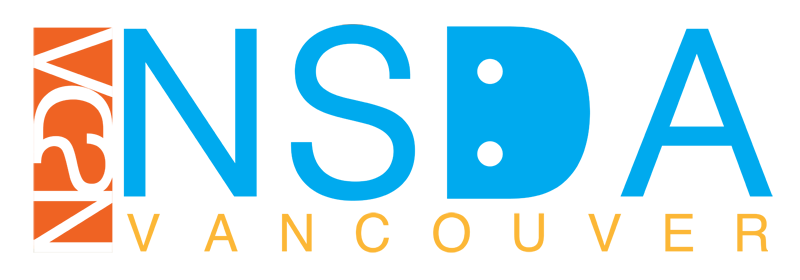Rules Events
All of our tournaments abide by these
Make sure to review the rules and format before attending any debate tournament.
Public Forum Debate
We abide by the NSDA unified manual for all events.
1. Resolution: Specific resolutions for district tournaments held during certain months and the National Tournament topic are available online at www.speechanddebate.org/topics. Public Forum Debate focuses on advocacy of a position derived from the issues presented in the resolution, not a prescribed set of burdens.
2. Entries: An entry is comprised of two students from the same school; each debating both sides of the resolution and advancing on its own record. No substitution is permitted once the tournament has begun.
2. Entries: An entry is comprised of two students from the same school; each debating both sides of the resolution and
advancing on its own record. No substitution is permitted once the tournament has begun.
3. Procedure and Order of Speeches: Prior to EVERY round and in the presence of the judge(s), a coin is tossed by one team and called by the other team. The team that wins the flip may choose one of two options: EITHER the SIDE of the topic they wish to defend (pro or con) OR the SPEAKING POSITION they wish to have (begin the debate or end the debate). The remaining option (SIDE OR SPEAKING POSITION) is the choice of the team that loses the flip. Once speaking positions and sides has been determined, the debate begins (the con team may lead, depending on the coin flip results). Following the first two constructive speeches, the two debaters who have just given speeches will stand and participate in a three-minute “crossfire”. In “crossfire” both debaters “hold the floor.” However, the speaker who spoke first must ask the first question. After that question, either debater may question and/or answer at will. At the conclusion of the summary speeches, all four debaters will remain seated and participate in a three-minute “Grand Crossfire” in which all four debaters are allowed to cross-examine one another. The speaker who gave the first summary speech must ask the first question.
First Speaker – Team A 4 minutes
First Speaker – Team B 4 minutes
Crossfire 3 minutes
Second Speaker – Team A 4 minutes
Second Speaker – Team B 4 minutes
Crossfire 3 minutes
Summary – First Speaker – Team A 2 minutes
Summary – First Speaker – Team B 2 minutes
Grand Crossfire 3 minutes
Final Focus – Second Speaker – Team A 2 minutes
Final Focus – Second Speaker – Team B 2 minutes
Prep Time 2 minutes per team
4. Plans/Counterplans: In Public Forum Debate, the Association defines a plan or counterplan as a formalized, comprehensive proposal for implementation. Neither the pro or con side is permitted to offer a plan or counterplan; rather, they should offer reasoning to support a position of advocacy. Debaters may offer generalized, practical solutions.
5. Prompting Philosophy: Oral prompting, except time signals, either by the speaker’s colleague or by any other person while the debater has the floor, is discouraged though not prohibited and may be penalized by some judges. Debaters may, however, refer to their notes and materials and may consult with their teammate while they do not have the
floor and during the Grand Crossfire.
6. Use of Electronic Devices: The use of laptop computers is permitted at the National Tournament. The use of laptop computers at the qualifying tournament will be the autonomous decision of each district. Laptop use must comply with the “Guidelines for Laptop Use in Debate Events.”
7. Timing: Timekeepers are an option but not required. If no timekeeper is used, debaters may time for their partners or
the judge may keep time. Prep time for each team is two minutes.
